Step 3D adapter - Tutorial
Table of Contents
Introduction
The STEP-AP242 DST Adapter can be used for typical tasks. For example, it can used for
- Transferring a local STEP file to the Hub with mapping information
- Retrieving a STEP file from the Hub
Both typical tasks will be specifically detailed below in “Using the Software on a Typical Task”
Getting Started
The GUI of the STEP-AP242 Adapter is launched by running the [INSTALLATION_DIRECTORY]\DEHPSTEPAP242.exe file. After the splash screen mentioning the version of the software, the following main window appears

Figure 13 : General view of STEP-AP242 adapter
Then, before guiding the user through the 2 typical tasks mentioned in the introduction, we need to explain how to get connected to the ECSS-E-TM-10-25 Data Source in the application. On the right Hub Data Source frame of the STEP-AP242 adapter, you have to click on Connect and then, the following dialog box appears:

Figure 14: Get connected to Hub data source
Then, you will have to specify (example connecting to demo server at RHEA)
- Data Source: COMET WebServices
- Server address:
https://cdp4services-public.rheagroup.com - Username: admin
- Password : pass
and click on Login button. Then, you will be invited to enter the Engineering Model, the Iteration and the Domain of Expertise after a refresh of the dialog box

Figure 15: Select the Engineering Model (with Iteration and Domain of expertise)
and then click on Continue. You are now connected to the first iteration of the model on the Hub as a System Engineer. The user is now able to start to work with the software and perform the 2 typical tasks mentioned in the previous section.
Using the Software on a Typical Task
Transferring a local STEP file to the CDP4 hub
Load local STEP file
First of all, you have to load an existing STEP file in the DST Adapter. To proceed, click on Load STEP-AP242 file in the “STEP-AP242” left frame of the application. Then a new dialog box appears:

Figure 16 : Load a local STEP-AP242 file
In which you have to specify the local STEP file to load. You can select the file by browsing the drive and subdirectories on your computer or select a file among Recent Files box. Then click on Open and the following dialog box appears:

Figure 17 : Select the Mapping configuration
This selection permits to attribute an existing mapping information set (or create a new one in the present case) for the entities in selected STEP file. These entities are related to the HLR of the CAD stored in the file. The HLR can be viewed in the left frame of the application and is made of 3 features (“Box”, “Cube” and “Cylinder”) sorted in parts (“Part”, “Subpart”).

Figure 18 : High Level Representation (HLR) of the local STEP-AP242 file
In the previous frame, you can observe that the “Mapping Status” column is empty because it was the first time that we deal with SimpleCAD.step file.
Define a mapping
To perform a mapping between a CAD entity (a feature or part) and an Element Definition and/or several Element Usage on the Hub, you have to perform a right click on one entry in the HLR of the local step file

Figure 19 : Contextual menu to map an entity
and request the mapping (for example here on “Cube”). Then a new dialog box appears

Figure 20 : Mapping configuration dialog box
In which you have to specify on which Element Definition (here “Power Harness” from RHEA demo model) and eventual Element Usages for which you would like to perform the mapping and click on Continue. You can then observe two things in the adapter:
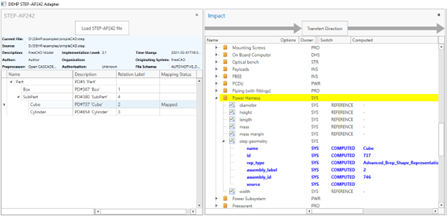
Figure 21 : Effect of the mapping on the impact view
- The “Mapping Status” related to “Cube” feature is now assigned to “Mapped” in HLR.
- The impact of the mapping has introduced an additional compound parameter (step geometry) to the Element Definition (here Power Harness) on which we have performed the mapping.
Simply note that “source” field is empty because the STEP file is not yet transferred to the Hub. Note that when you perform a mapping, the “Options” and/or “Finite States” can only be supported if step geometry is defined as “Option Dependent” and/or “Finite State” are defined for it.
This mapping operation can be repeated several times in order to perform other mappings if needed.
Transfer to the Hub
Once one or several mappings are done, they have to be transferred to the Hub. For this, you need to click on Transfer button on the lower part of STEP-AP242 adapter application and the following dialog box appears
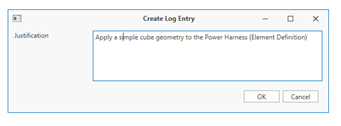
Figure 22 : Specification of log entry to associate to a transfer to Hub
in which you can optionally write a justification for the transfer (for follow-up reasons). This information will be stored on the Hub. The mapping is then “committed”. On the next figure:
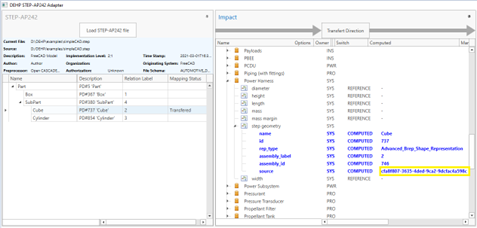
Figure 23 : The source compound of “step geometry” is assigned after the transfer We can observe
- The “Mapping Status” related to “Cube” feature is now assigned to “Transferred” in HLR.
- The “source” field in step geometry compound parameter is now assigned to an identifier. This identifier will permit to retrieve the associated step file that is now stored on the Hub.
Retrieving a STEP file from the CDP4 hub
When STEP files are stored inside the Domain File Store of the model, it is possible to retrieve it locally by 2 ways.
Retrieving directly the STEP file from “Domain File Store”
In the right frame Hub Data Source, select the File Store tab and select the file that you want to retrieve then click on “Download As…” button.
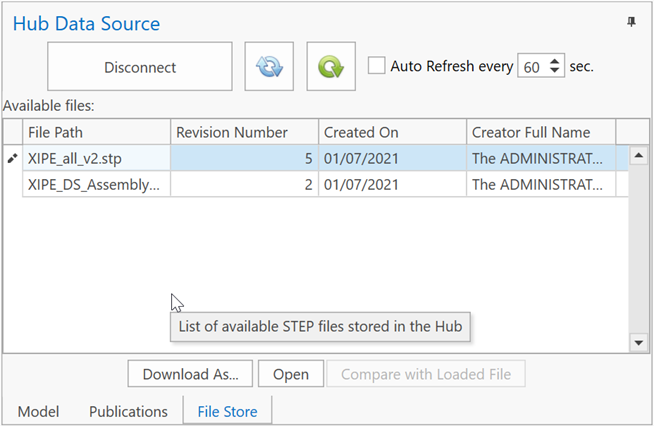
Figure 24 : The “File Store” tab in the “Hub Data Source” frame
Then a new dialog box will appear in order to specify where you want to save the file locally (with an eventual change of the file name). This procedure will permit you to retrieve the last file revision of the file. Note that you can use the Open button to visualize directly the STEP file by a CAD application that is installed on your computer. However, do not forget to associate .step (and .stp) file extensions to this application installed on your computer. For example, you will be able to retrieve the following results

Figure 25 : Direct visualization of a STEP-AP242 file on the hub using FreeCAD
if FreeCAD software is installed on your computer as the default application for STEP files. Note that the used External Step Viewer Program can also be specified (and overloaded) in User Setting (see paragraph 3.4.3).
Retrieving the STEP file from an “Element Definition” or “Element Usage”
In the right frame Hub Data Source, select the Model and select an Element Definition on which a STEP file is associated and perform a right-click to show the context menu
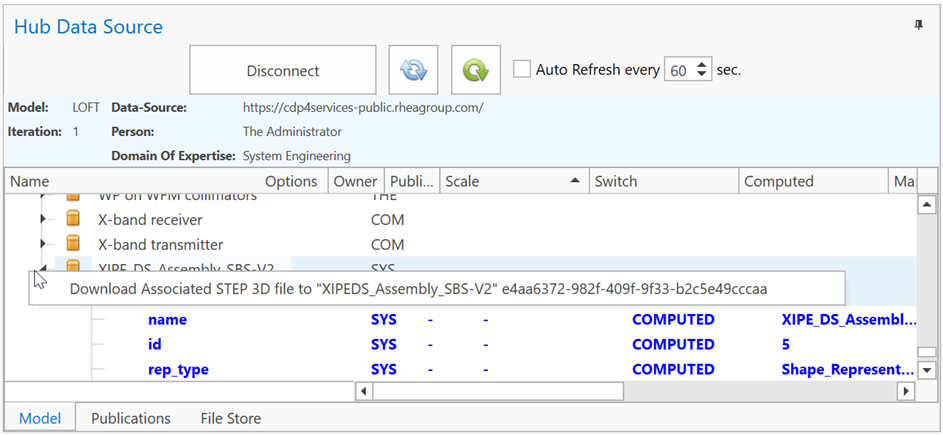
Figure 26 : Retrieving a STEP-AP242 file associated to an Element Definition / Element Usage with a right-click
Select Download Associated STEP 3D file to… and a new dialog box will appear in order to specify where you want to save the file locally (with an eventual change of the file name).